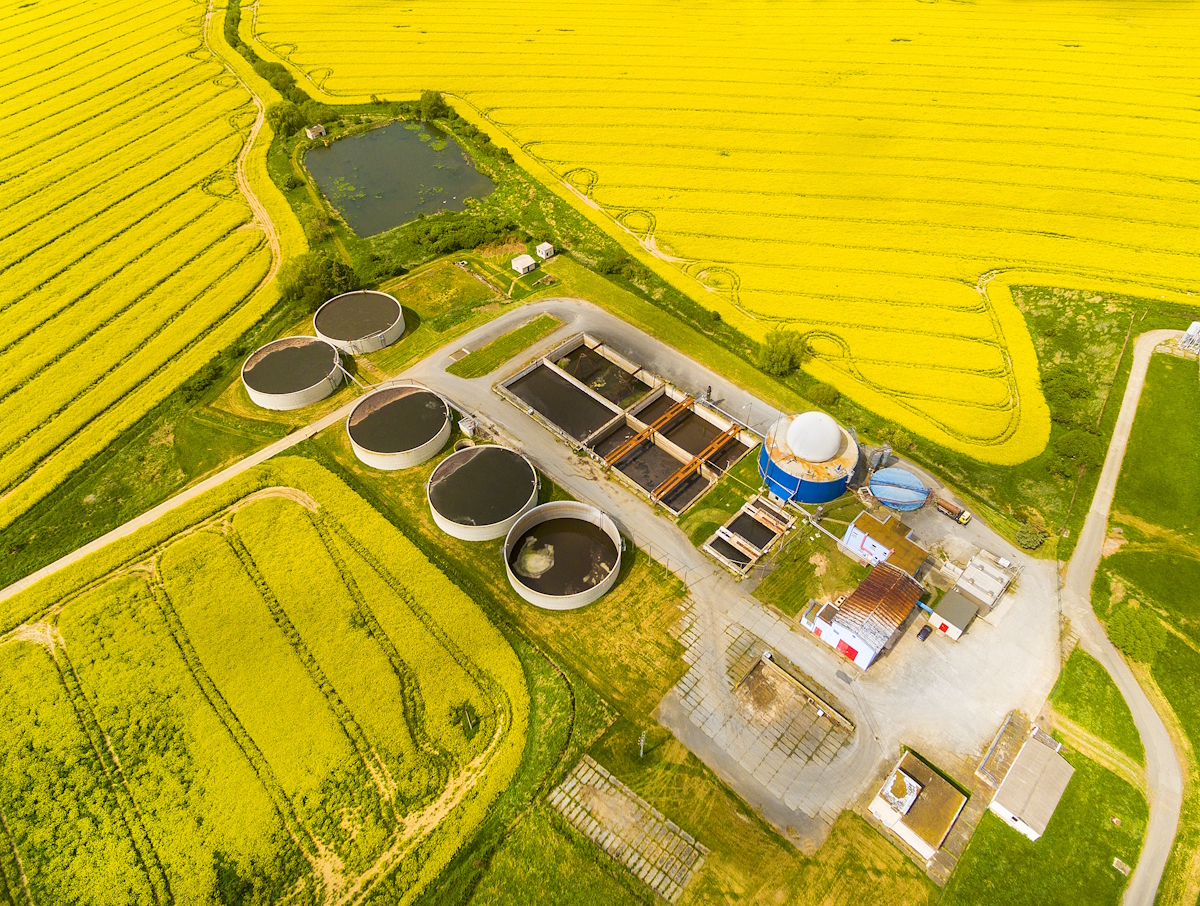As the global commitment to decarbonisation gathers steam, countries are looking at alternate forms of fuel. In a recent report, Candriam explores the prospects of biofuels as a viable fuel for vehicles and industries in the years to come. While the asset manager acknowledges that in the long run electrification is the best option for light-duty vehicles, biofuels are more effective and viable as a low-carbon solution for heavy-duty trucks, ships, and aircraft over medium-term.
Biofuels are derived from biological materials such as plants or organic waste, widely used in our daily lives. The asset manager quotes IEA, or International Energy Agency’s prediction over biofuel consumption to grow by 20% per year over the next five years, led by the European Union’s 14% biofuel utilization target in the transport sector by 2030.
Candriam also talks about the policies and initiatives taken by other countries to promote the use of biofuels. The US offers incentives linked to the 2022 ‘Inflation Reduction Act’ to drive higher penetration. In the Asian markets, China has committed to “actively promote the use of advanced biofuels.” Other developing markets like Brazil, Indonesia, and India also have ambitious mandates for biofuel usage, states Candriam. The IEA also estimates biofuels to contribute about 15% of global transport energy use by 2030.
Candriam further explains the three forms of biofuel generation. The first-generation biofuel is produced from food crops rich in sugar, starch, or oil. These biofuels are commercially viable and can be widely adopted. Second-generation biofuels are produced through non-edible crops and biomass waste such as food waste, agricultural waste, and forestry waste. They help to decarbonize two of the most challenging segments in transportation, heavy-road transport, and aviation. According to Candriam, “Third-generation biofuels are exciting for the energy transition but less of a focus for investors given their early stage. Renewable diesel provides several advantages over biodiesel, particularly because its chemical similarity to petroleum diesel allows it to be blended and used interchangeably with diesel. There is still intense R&D activity in this segment, but commercial-scale production is not on the horizon.”
Speaking about the challenges in biofuel production, Candriam highlights the availability of feedstocks as a limiting factor for new entrants. Marouane Bouchriha, Senior Fund Manager at the firm, says that many producers are unable to access waste feedstocks or lack the capacity to treat them, which leads to the use of soybean or palm oil. Meanwhile, few of the first-generation biofuels are linked to deforestation, land-use change, and negative impacts on local communities, which has led some European regulators to limit their use. “In advanced economies, production of first-generation biofuel is already declining. However, this decline is offset by growth in emerging economies like Indonesia and India,” says Bouchriha.
IEA states that 70% of renewable diesel in 2021 was derived from wastes and residues. Thus, Candriam reiterates that there must be continuous incentives to develop growth in this area while limiting the production of first-generation biofuels.
Candriam highlights that the renewable diesel (RD) market has experienced a healthy correction during 2022, as some projects have been delayed or cancelled. “The market is dominated by two players: Finnish refiner Neste and US-based Diamond Green Diesel (a joint venture between Valero and Darling),” says Bouchriha.
Speaking about the future, Candriam sees ‘Biojet’, or Sustainable Aviation Fuel (SAF), as the growth driver for the industry. It states, “Aviation currently contributes 2.5% of global CO2 emissions, and aviation emissions continue to grow. Electric and hydrogen solutions are still far in the future for aviation, leaving SAF as the only viable medium-term solution, besides reducing air traffic.”
Candriam states that the SAF market is in a nascent stage. In 2021, the US produced just 19 million gallons of SAF, compared to the pre-pandemic 20-billion-gallon annual consumption of US airlines. Candriam expects fuel consumption to double by 2050 and credits the incentives to lead growth in the SAF market.
About cost-effectiveness, Candriam points out that SAF is currently more expensive than traditional jet fuel, but the market opportunity is attracting several new entrants. “Over the next five years, the supply of SAF is expected to compound at a 54% annual rate, compared to just 19% for renewable diesel.”
View the complete article here.
Read more

Global Trade
Trump ignites global trade war / Reactions
The USA itself will be the victim of Trump’s trade policy.

Private Debt
The case for private debt in real asset financing
What makes the combination of private debt and real assets particularly compelling in today’s market?

Schroders
Looking ahead: 30-year return forecasts
Higher returns are expected across asset classes, driven by stronger productivity growth for equities and elevated long-term central bank rate projections for bonds.

Quant Investing
AI and quantitative investing
Artificial intelligence applications go way beyond stock selection.

Bellevue Asset Management
Demographics and AI drive MedTech stocks
MedTech investment case: What makes it attractive, which trends stand out?





















